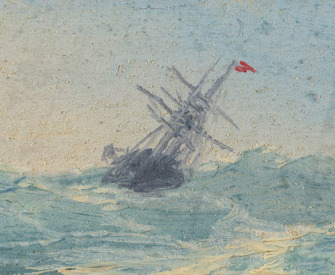The celestial sphere is a body like a ball revolving in its own place. It contains within its interior objects whose movements are different from those of the sphere itself, and we are in the center of it. It is called falak on account of its circular movement like that of the whirl of a spindle, and its name, athir [ether], is current among philosophers.
There are eight such spheres enclosed the one within the other, like the skins of an onion. The smallest sphere is that which is nearest to us, within which the moon is always traveling alone, rising and setting, within its limits. To each sphere there is a certain amount of space between the outer and inner boundaries so that the planet to which it belongs has two distances, the one further, the other nearer. The second sphere above that of the moon belongs to Mercury, the third to Venus, the fourth to the Sun, the fifth to Mars, the sixth to Jupiter, the seventh to Saturn. These seven spheres belong to the planets, but above them all is the sphere known as that of the fixed (or desert) stars.
Everyone sees that the sun, the moon, and stars are engaged in a first or westward movement; they rise gradually, attain the summit of their course, and then descend little by little till they disappear, thereafter returning to the place where they rose. It is owing to the heavenly bodies that this movement is perceived; it is well-known to animals as they disperse in search of food, more so indeed than to man, for there are animals whose movements correspond with it, like the chameleon, which facing the sun turns with it, as do the leaves of many plants.
From The Book of Instructions in the Elements of the Art of Astrology. At a young age al-Biruni studied under the astronomer Abu Nasr Mansur. In 1017 he was taken into the service of the sultan Mahmud Ghaznawi, with whom he traveled to India. There, according to al-Biruni, Mahmud “performed wonderful exploits by which the Hindus became like atoms of dust scattered in all directions. Their scattered remains cherish, of course, the most inveterate aversion toward all Muslims.”
Back to Issue


